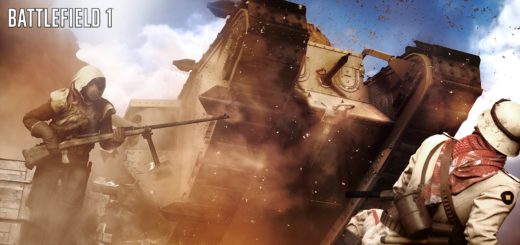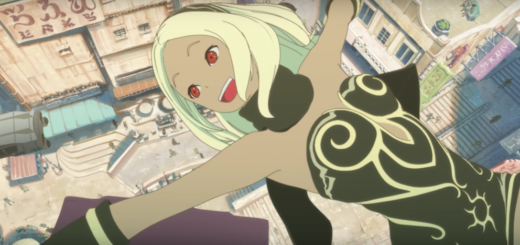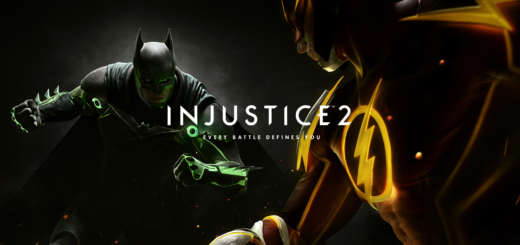Early Impressions: GHOST RECON: WILDLANDS
In this Crossfader series, our video games staff takes a look at early versions of upcoming releases so that you can know which hype trains to board.
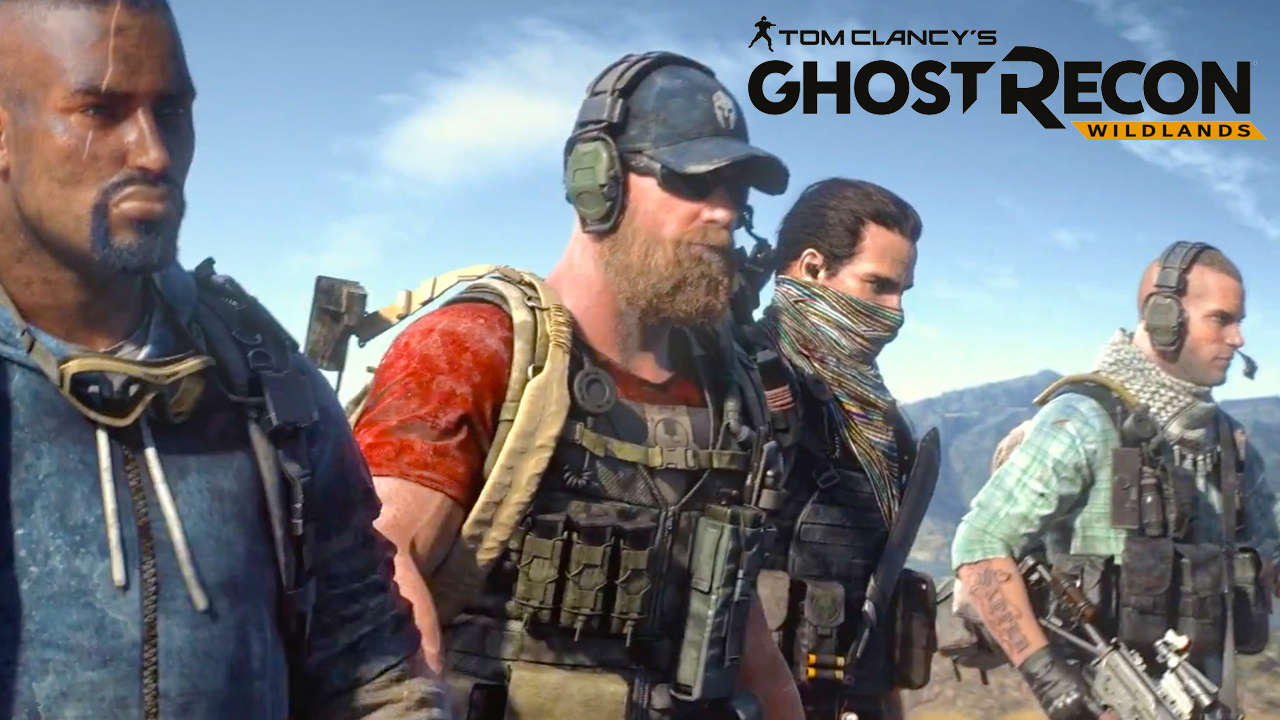
Oh, hey, remember Ghost Recon? The series, a lesser tumor from the Tom Clancy brand, once held a fairly distinct niche in the shooter genre with its squad-based tactics and spotlight on bleeding edge technology. But with all the military shooters out in the decade since ADVANCED WARFIGHTER, you’d be hard-pressed to call either of those qualities unique. Ubisoft must have recognize this, and it’s one justification for why WILDLANDS is so distanced from both the tactical and technological aspects that were once its namesake. It doesn’t even take place in the future, for one, opting for a pseudo-contemporary Bolivia. (Although the reality here is presented so flimsily and cliched that it might as well take place anywhere non-western and quote-unquote exotic.) Adaption is good and interesting. But in attempting to redefine the franchise, it seems like Ubi’s just traded outdated gameplay tropes for overrated ones, which are definitely starting to ripen themselves.
In simplest terms, WILDLANDS is a mash-up of FAR CRY, SHADOW OF MORDOR, and GTA ONLINE; we get the expansive natural environment embroiled in a turf-war that defines the first; the emergent approach to story structure dictated by a boss/underboss territory system of the second; and the pick-it-up and pull-the-trigger goofiness of the last. It all sounds great, but in practice, well, things are cluttered. If I had to choose a single word for it, I’d say it’s “unrefined.” Maybe that’s to be expected in a beta, but nowadays, an open beta one week from release is just a marketing tactic. No one’s taking suggestions for improvement, at this point, or at least they won’t be until after people who’ve already bought the game start complaining and we get the inevitable pre-planned update. It doesn’t excuse the clutter, in my mind.

Character customization gives players the freedom to look like any type of douche they want
First off, the FAR CRY influences are mostly superficial, and have nothing to do with that game’s true unique quality, which was the gripping use of the first person camera and streamlined approach to open-world exploration and character progression. The overgrown corner of Bolivia I saw looked great at a distance, but a little mushy up close. In general, open world games make up for graphical fidelity with lived-in details or realistic NPC behaviors, but I found the populated areas here skeletal, empty outside of things for shooting. Maybe that’s to be expected in a military shooter; we don’t want to make the warzone too real, of course. Judging from screenshots, the biodiversity might be the real star, but I didn’t find that in the beta. The biggest takeaway from FAR CRY, then, is how exploration is tied to a system of outposts that can be captured and approached from a variety of ways. If you’ve played any open world Ubisoft title, including previous Clancy bastardization THE DIVISION, you know exactly what to expect here.
Which brings me to my next point: there doesn’t really feel like there’s a variety of approaches to objectives, despite all the customization. Sure, you can go in quiet or loud, you can order teammates into positions, you can arrive by air or land, and you can ask for assistance from allies. But every encounter can devolve into a shoot-fest and will mostly turn out fine. Perhaps this is where the GTA influence is most felt. During the online part of the beta, there were a lot of people playing like it was an actual Rockstar game. I imagine that once it costs money, you’ll be more likely to pair up with a serious player. That said, you might not. WILDLANDS calls itself a tactical shooter, but you could just as easily crash a helicopter into the center of a town and start running and gunning as a legitimate tactic. It has bullet drop and a command wheel, but with insane health regeneration and laughably little consequences for killing civilians, too. Coordinated tactics, then, is more of an agreement between players, and not the players and the game. It requires friends to do right. So maybe this kind of unrealistic playing style becomes less viable as the game gets more difficult, but judging from interviews about the game, and the simplicity of single-player commands, the chaos is here to stay. It’s nice to have options, but the line blurs when one option is so much simpler for completing objectives.
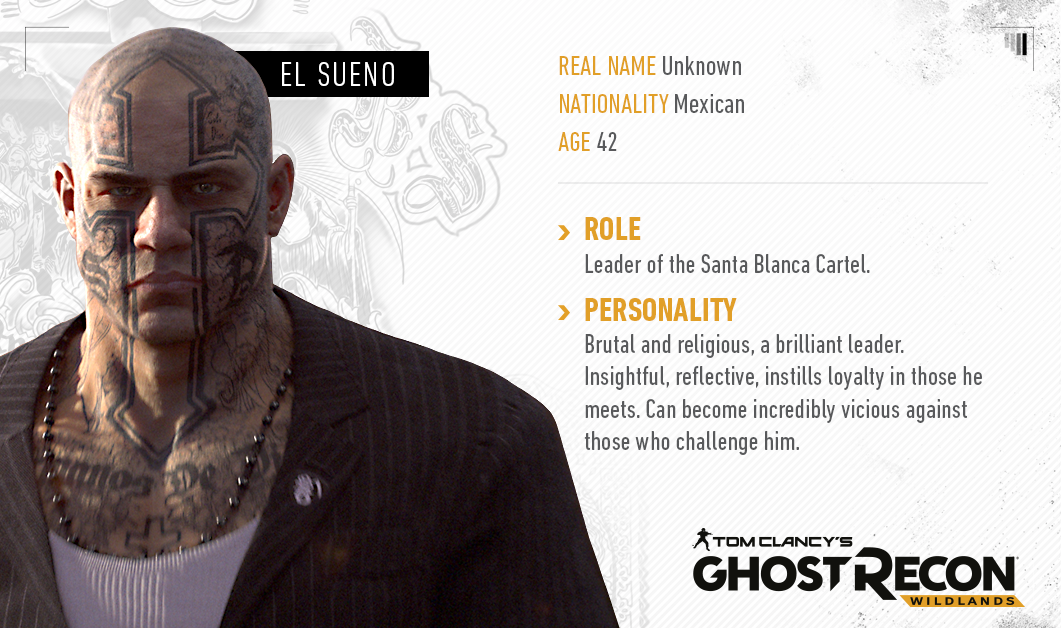
Hot take: El Sueno is not actually that insightful or reflective
The most intriguing element of the game, which I unfortunately had little time to experience, is the boss/underboss system. The story as a whole concerns a team of good ol’ American sniper bros getting dropped into a developing country with a mission that amounts to destroying it. It’s all okay though, because this is a narco-state, where government and cartel are synonymous; so you and your action bros chew dip and murder lieutenants across the country with as little oversight as possible, in whatever order you want, until you climb the ladder to the big bad boss, El Sueno (who had better be a red herring front for a bad guy more interesting). Confused politics aside, I called this the SHADOW OF MORDOR influence, but that was misleading; it doesn’t take any advantage of the legitimately innovative nemesis system in that game, where your failure to dismantle the Orc hierarchy leads to the evolution of the organization, procedurally generated lieutenants gaining prestige and honor at your expense. Still, I have to hope that the way you choose to eliminate the cartel leads to changes in the environment.
WILDLANDS is ultimately a much more silly game than the name or marketing would lead you to believe. As a result of its open world design, the tactics and technology have been replaced with co-op buffoonery and a shallow view on contemporary warfare. It’s got all the hyped gameplay mechanics of the past decade rolled into one; open world, online co-op for story missions, customization, emergent narratives—but does none of them well or with any particular originality. In fact, it’s behind the curve even in what it takes from other games; procedural generation is hot stuff today, and the nemesis systems makes perfect sense for a game about the drug war, and yet, here we are, facing down El-friggin-Sueno, a character so dull and cliche he might as well have been written by a computer. As for the base level experience, I’d say it depends on your friends. You could conceivably roleplay your way into the one you want (i.e. the tactical shooter advertised) but if you take the beta at face-value, it’s a hot mess. Too serious, too goofy, too simple, not simple enough—there are better playgrounds out there, ones that don’t also happen to be simulations of real places where real people are living and dying. My standing order: hold your fire and wait to see if that boss/underboss system turns into anything worthwhile.
GHOST RECON: WILDLANDS is available on PC, Xbox One, and PlayStation 4 on March 7, 2017

